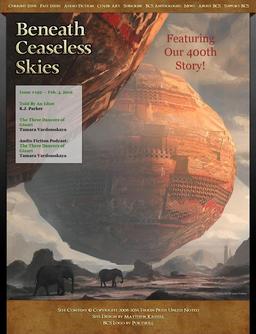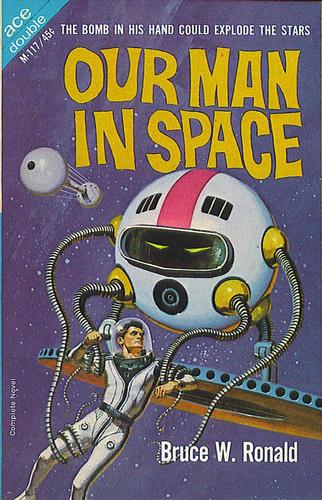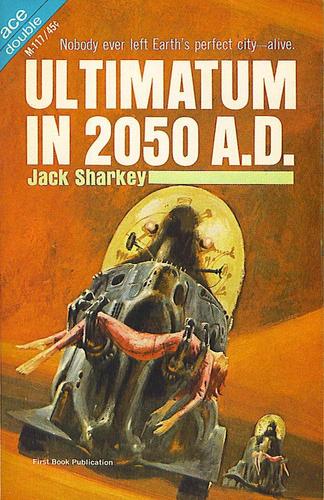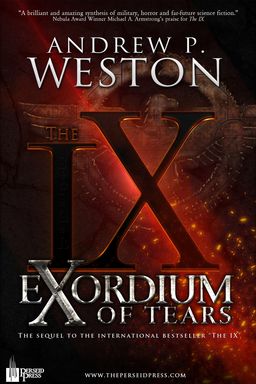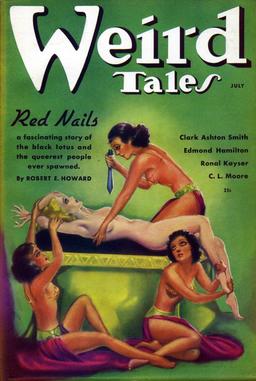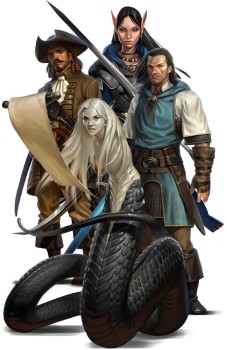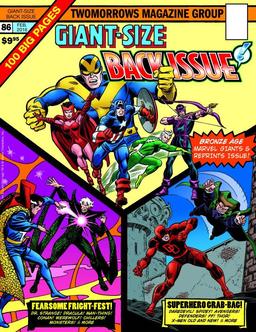Matthew David Surridge on The Great Hugo Wars of 2015
 Over at culture site Splice Today BG blogger Matthew David Surridge, who declined a Hugo nomination last year for Best Fan Writer, looks back at his involvement in Puppygate.
Over at culture site Splice Today BG blogger Matthew David Surridge, who declined a Hugo nomination last year for Best Fan Writer, looks back at his involvement in Puppygate.
It was difficult to keep up with everything that was happening; when a controversy strikes the literary world, writers are affected, meaning much will be written. And I was out of it. Appreciative reaction to my post continued to come in at Black Gate, but as what Martin called “Puppygate” sprawled on, I was watching from the sidelines. I saw calls for boycotts of publishers, I saw counter-calls to buy books from the same publishers, I saw reports that the number of people buying memberships to Worldcon had hit record numbers. I saw satires and arguments. I saw proposals to change the Hugo voting rules to limit the impact of future slates. I kept track of as much as I could, partly because it was fascinating to watch, and partly because I never knew if my name would come up. Mostly, it didn’t, which suited me fine. If for no other reason than that the culture-war overtones that Breitbart had highlighted in the Puppies became increasingly front and center…
In the end the Hugo voters opted for “No Award” over the Puppy nominees in almost every category. The Best Novel Award went to Cixin Liu’s The Three Body Problem, which made it onto the ballot when Marko Kloos, whose book Lines of Departure was on Beale’s slate, declined the nomination after learning about the Rabid Puppy actions. Beale, ironically, ended up urging his Puppies to vote for The Three Body Problem; the Rabid vote seems to have given it the margin of victory. Meanwhile, Best Fan Writer was won by the lone non-Puppy, Laura J. Mixon. Later, the final nomination data confirmed a rumour I’d heard that Mixon had gotten the nomination when I declined it.
See Matthew’s complete comments here.
